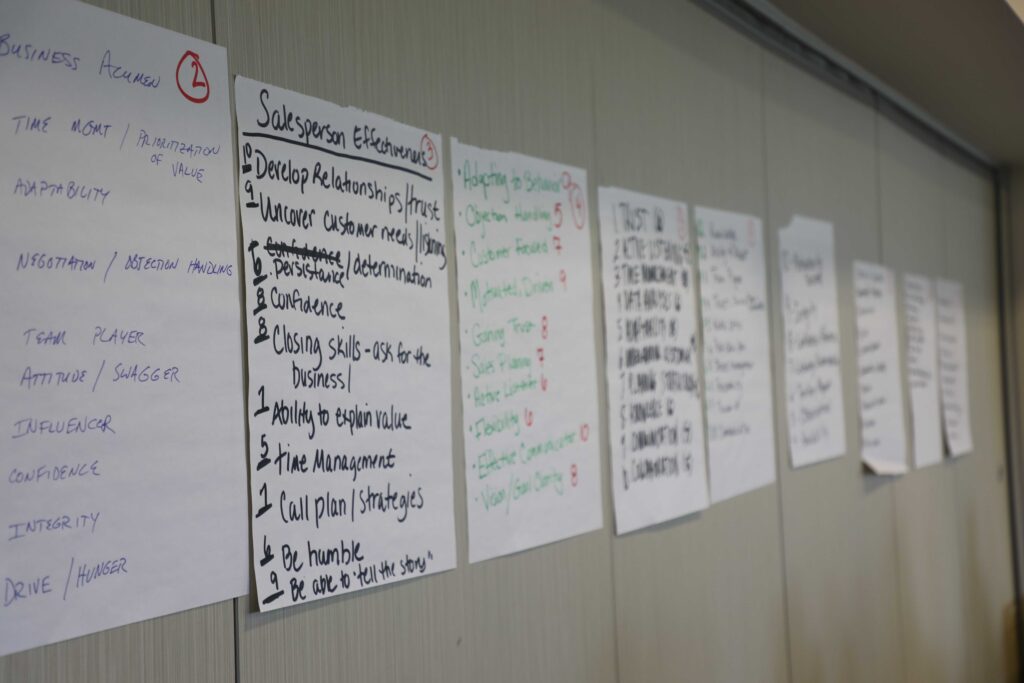 Article
Article
Salonen, A., and E. Jaakkola. “Firm Boundary Decisions in Solution Business: Examining Internal vs. External Resource Integration.” Industrial Marketing Management 51 (2015): 171-183.
Reviewer
Dr. Allan Gray, Executive Director and Professor
Summary
The purpose of the research paper was to analyze the drivers that lead manufacturers to choose between internal versus external resource integration approaches as they transition to solution-based businesses. The research used four analytical perspectives to examine the choices that manufacturers make in terms of internal or external resources integration: identity view, competence view, efficiency view, and power view. They apply the varying perspectives to a set of case study companies. Applying the varying perspectives led the authors to a set of criteria that firms should consider when deciding whether to have resources contained in-house or coordinated with external partners.
What this means for food and agribusinesses
Increasingly, agribusinesses are seeking a solutions-based approach to their industry offerings. A solutions-based approach usually requires a number of products and services combined in a specific way to deliver on the specific needs of the customer. One critical question a company seeking a solutions approach to the market must answer is whether they will provide the product or service solution through their own resources or if they will partner with other companies to create an integrated solution.
We see this taking place in various ways throughout the agribusiness marketplace today. For example, Monsanto’s purchases of Precision Planting and Climate Corporation followed by the subsequent selling of Precision Planting to John Deere suggests a search for the right mix of owned resources to deliver solutions in the crop input, information, and precision agriculture space.
The paper reviewed here provides some insights on how companies should arrive at the decision about internal and external resources for solutions-based offerings. The table below summarizes the criteria the authors of the paper derived from their research. The table lists four key questions that a company should be asking as they consider whether to use internal or external resources to create solutions.
The first question centers on the perspective of the company’s identity. A firm that sees its core business as having limited additional growth opportunities—generally associated with companies with leading market share positions—might consider acquiring firms or resources in adjacent businesses that provide opportunities to offer solutions as a way to grow the company. Companies with significant opportunities within their core businesses would likely seek external partners to create integrated solutions as way to expand their core business while still maintaining an internal focus on the core business.
The second question centers on the perspective of the company’s competencies. To the extent that the knowledge base of the fields that are in the integrated solution are closely related, a firm would be more inclined to bring those resources in-house.
The third question centers on the perspective of the company’s view of the efficiency of an integrated solution. If the solutions being developed can be relatively efficiently replicated once the solution has been designed, it might make more sense for the company to coordinate the outside resources to develop the solution rather than bring those resources inside the company. This is because the need to revisit the solution on a recurring basis to tailor it specifically to a new customer would require significant transaction cost in terms of coordinating across companies. But, if the process can be designed once and replicated, the coordinating costs are minimized and the coordinating company can avoid tying up capital in owning the resources themselves.
Finally, the fourth question centers on the perspective of power in the relationship of resources used in the solution. To the extent that the company is seen as a key access point to the customer where other company’s would benefit from collaborating with the coordinating company in the solution offering, the company may be in a strong position to use external resources. In this case, the company can leverage its position power to create value without having to own all of the resources.
There are cases where the answers to all four of these questions will align and make the choice of whether to seek partners or to expand the core of the company’s business obvious. But, in other cases, there are likely to be conflicting answers among the four questions. Here it becomes a key managerial concern to determine which drivers are most critical in choosing an appropriate strategy, and if misaligned, how the drivers can be managed satisfactorily.
I have argued in other venues that partnerships are becoming increasingly critical in agribusiness. My central argument for this view is that the solutions needed in modern agriculture derive from disparate industries. In particular, many of the solutions require a combination of mechanical, biological, and information technologies integrated together. It seem to me that these fields are sufficiently different from each other that having all of that expertise in one company seems unlikely.
In this article, the authors suggest that using internal resources to provide a full solution makes the most sense when the provided solution is performance critical for the customer, highly integral in nature, and draws on closely related fields of knowledge. They also argue that being a coordinator of external resources makes the most sense when the provided solution is modular and draws on relatively distant fields of knowledge. Maybe this is why we see that agribusinesses tend to expand into agricultural solutions that closely relate to their core in either mechanical (e.g., John Deere investments in irrigation equipment) or biological solutions (e.g., DuPont investment in Pioneer); and we see indications where partnering becomes more prevalent when the solution seeks to bring together mechanical, biological and information resources as the solution (e.g., Syngenta and Lindsay’s Water+ Intelligent Irrigation platform).



